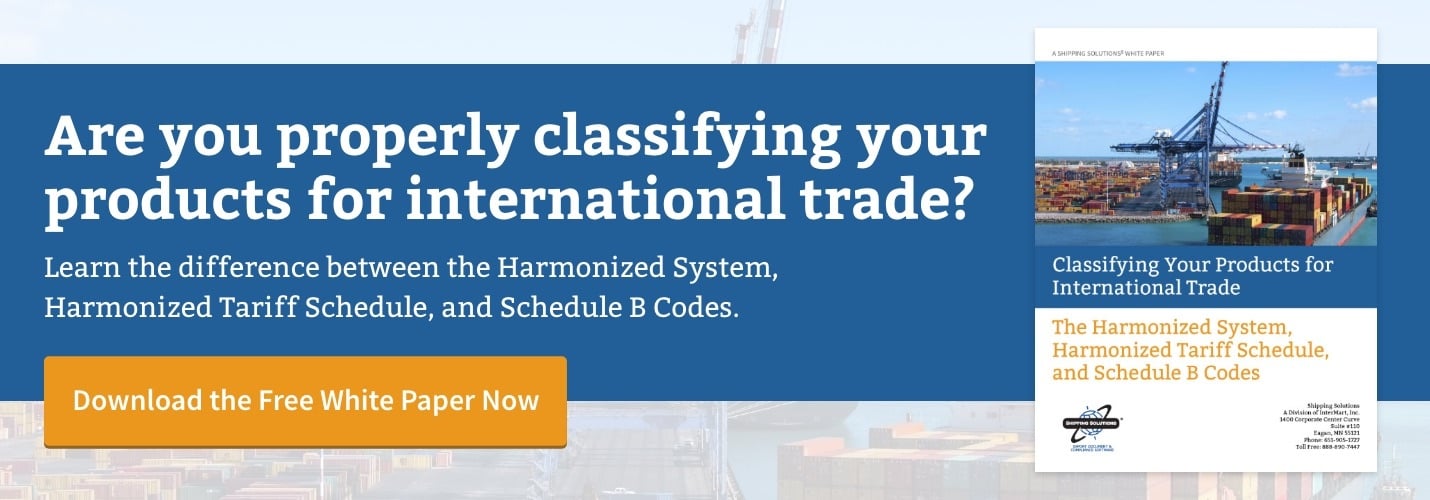The International Trade Blog Import Procedures
The 5 Most Common Mistakes of New Importers
On: June 29, 2003 | By: Hank Selby | 4 min. read

With more than 20 years of observing new businesses try to get into international trade, I have seen many mistakes made and many companies fail. I am going to give you my perspective on what new importers, particularly those dealing in consumer goods, should not do.
Mistake #1: Undercapitalization
Importing requires a lot of cash up front before any profit is realized. You must pay duties before taking possession of the goods, and in almost all cases, you have to pay all freight charges due. As a new importer, you probably are not going to get long payment terms from your suppliers, either. Therefore, you need to have an existing domestic business with sufficient assets and cash flow to sustain the initial phase of your business plan or have a lot of cash.
If you are in a situation where you plan to receive monthly shipments and anticipate turning your inventory every four to six weeks, you should have enough assets to finance the first six months of operation.
Mistake #1.5: Poor Business Plan/Poor Product Choice
This is really just as important as mistake #1.
Just because you like the product and you think the price is right, don’t assume it will automatically sell. It is best to have an existing market/distribution system for similar or complementary items.
Your imported product should add to or enhance your existing product line. Second best is if you have taken samples and pre-sold the first shipment. The worst is if you are operating on instinct. Instinct rarely results in profit.
Mistake #2: Failure to Properly Preclassify Your Goods and Failure to Research Possible Import Barriers
Several years ago I had a client who imported some cotton apparel from India. His supplier had assured him that the product was not subject to U.S. quota restrictions. However, when the product arrived, U.S. Customs and Border Protection inspected the cargo and determined that the apparel was not as the supplier had described it on his commercial invoice but was, in fact, an article subject to quota.
The importer ended up having to leave the goods in bond until he found a buyer in a third country that could import them. He lost a lot of money in this transaction and was lucky not to have lost it all!

Mistake #3: Failure to Figure In All of the Costs of Importing
To begin with, you have to understand Incoterms. A client of mine wanted to make it relatively easy to figure his costs, so he asked for a product quote from China on CIF Norfolk terms, thinking that would simplify his calculations. He was bringing in 40-foot container loads of product at a time, and he signed a contract to import a total of 20 containers. He carefully (or so he thought) added up all his other costs and was prepared to make a tidy profit.
When the first container arrived, he received a freight due bill from the steamship line for $660.00, the amount of the DDC or port charges for a 40-foot container from China at that time. When he called me to try to help him, we went over the Incoterm CIF (named port) and confirmed that destination port charges are the responsibility of the buyer. Thus, he was $13, 200.00 in the hole before he had sold his first product.
This is not the only way that costs can be misfigured. See Mistake #2. Unless you know exactly what the Harmonized Tariff Schedule of the U.S. (HTSUS) classification of your product is, you cannot accurately figure the duties!
Another major area where costs are often not figured correctly is ground transportation in the U.S. You must know what your costs are going to be in this area before you issue your purchase order to a foreign supplier.
Mistake #4: Failure to Adequately Choose Your Team
Importing is a complex endeavor, and it has become even more so in the last couple of years. You must have a team of service providers in place to handle all aspects of your transaction. First and foremost, you must have a good Customhouse Broker (see, How to Choose the Right Customs Broker and Freight Forwarder). Next you must have a good domestic trucker, whether you are bringing in goods by air, LCL Ocean, FCL Ocean, or by truck from Canada or Mexico.
One area that is often overlooked by importers until the last minute is the choice of a warehouse or distribution company. This is absolutely critical. There are a wide variety of price and service offerings in this area, and you must make sure that you know with 100% certainty what you need and what the actual cost will be before you allow your goods to be received by a third party.
Please note that all warehouses as well as most trucking companies maintain a lien on product as security for payment of their invoices. A billing dispute with your products in someone else’s custody leaves you in a disadvantageous bargaining position.
Mistake #5: Failure To Stay Abreast of New U.S. Laws and Regulations
Due to the current international situation, the Department of Homeland Security is actively implementing new programs to ensure cargo security. You must participate fully or be left behind. (See, What Is an Authorized Economic Advisor.)
I hope that I have not scared anyone away from importing. We are in a world marketplace and there is a lot of money to be made by importing and selling into the United States. In fact, our economy depends on it.
The successful importer goes into this business having done his or her homework in every aspect. If you avoid the big mistakes and have the right products, you will be able to deal with the smaller problems that occur in every business.
About the Author: Hank Selby
Hank is manager of international logistics and compliance at Reynolds/Pactiv.



